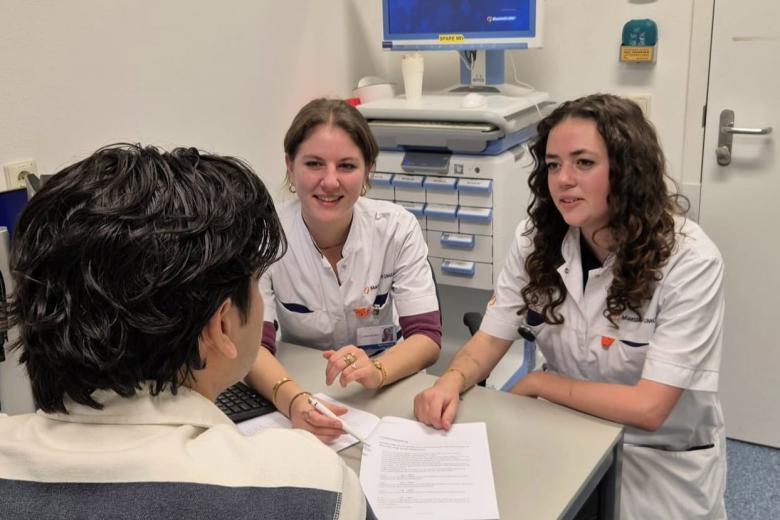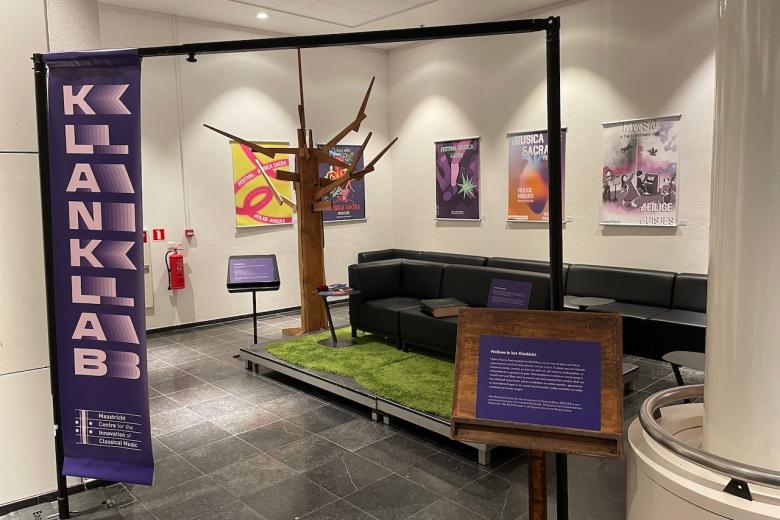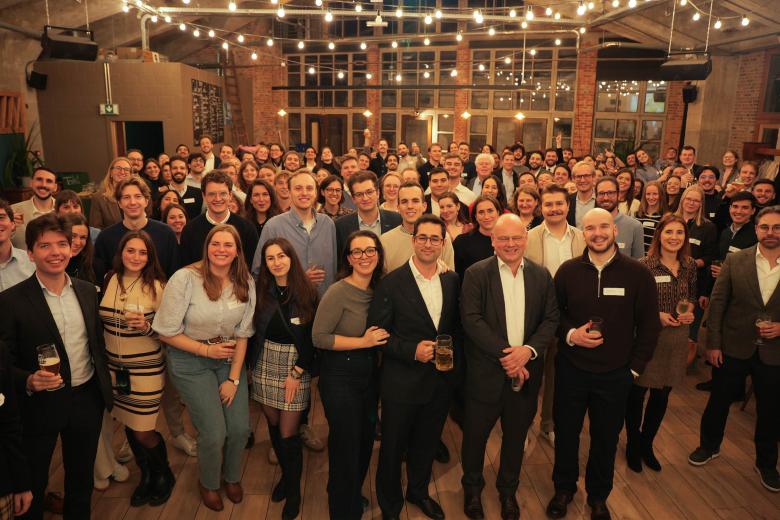Smallholder Farmers at the Centre of Voluntary Carbon Market Discussion at Maastricht University
Maastricht University’s Fair & Smart Data (FSD) spearhead hosted an engaging online event on February 20, 2025, unveiling its latest report, Smallholder Farmers and the Voluntary Carbon Market: A Balancing Act. The event gathered researchers, industry leaders, and practitioners to discuss the opportunities and challenges facing smallholder farmers in the Voluntary Carbon Market (VCM).
Research Findings
The event opened with remarks from Ron Cörvers, Program Lead of Fair & Smart Data and Associate Professor at Maastricht University. He highlighted the growing importance of payment for ecosystem services, particularly in combating climate change through agroforestry. He also outlined the context and main questions of the research.
Following the introduction, Rasmus Lema, Associate Professor at UNU-MERIT, presented key findings from the research, revealing the complexity of the VCM and its impact on smallholders. While the system offers income boosts and non-monetary benefits, he pointed out that power imbalances, a lack of transparency, and market volatility often leave smallholder farmers struggling to fully benefit. The research took a value-chain approach to analyse power dynamics between offset suppliers and credit buyers, assessing income distribution and co-benefits for farmers.
Lema then discussed two case studies—one from Nicaragua and another from Brazil—offering insights into different VCM models. In Nicaragua’s agroforestry model, farmers had proof of land tenure and earned individual monetary benefits but faced a three-to-five-year wait before receiving payments for carbon sequestration. In Brazil’s forest conservation model, farmers without land tenure relied on community-based payments, receiving immediate compensation after carbon credits were sold. Both projects demonstrated improvements in sustainability and livelihoods, but price volatility remained a challenge. While carbon credit prices in Nicaragua increased from €33 (2021-2023) to €40 in 2024, Brazil’s remained stable at €20.
Expert Panel Discussion
The panel discussion featured experts from various institutions. Parveen Kumar, Senior Researcher at Wageningen Environmental Research; Abel Diaz-Gonzales, Assistant Professor at Maastricht University’s School of Business and Economics; Noura Hanna, Head of Payment for Ecosystem Services at Solidaridad Network; Vasco van Roosmalen, Co-Founder & CEO of ReSeed; Harm Haverkort, Partnership Lead Asia at Rabobank Acorn Initiative; and Rasmus Lema, Associate Professor at UNU-MERIT, shared their perspectives on the key challenges and opportunities within the VCM.
Kumar emphasised the gaps in policy implementation, stating that governmental policies must be restructured to ensure smallholders are effectively integrated into the VCM value chain. He noted that current market structures often fail to provide smallholders with sufficient bargaining power, leaving them vulnerable to market fluctuations and intermediaries.
Diaz-Gonzales highlighted the importance of direct engagement with farmers, emphasising that their active participation is crucial to the success of VCM initiatives. He noted that while farmers were generally enthusiastic about contributing to sustainability efforts, they often lacked the necessary knowledge and tools to navigate the complexities of the carbon market.
Hanna pointed out a significant gap in the existing literature, noting that smallholder perspectives are often overlooked. She stressed that while the carbon market is primarily viewed as a tool for emissions reduction, it also serves as a means for farmers to enhance their livelihoods. However, she cautioned that compensation alone is not a game-changer for farmers; sustained support and long-term investment in their practices are key.
Van Roosmalen underscored the funding disparities in carbon markets, highlighting that although agriculture contributes over 30% of global emissions, it only accounts for 1% of carbon credit transactions. He warned that the lack of financial support for smallholders puts them at significant risk, particularly in key commodity sectors like cocoa. He advocated for stronger financial mechanisms that prioritise smallholder resilience and land security.
Haverkort discussed the role of financial institutions in bridging the gap between smallholders and carbon markets. He emphasised that while the market is willing to pay higher prices for carbon credits, the lack of clear standards and quality regulations makes it difficult to establish trust and transparency. He argued that increased investment in digital monitoring solutions, such as remote sensing and AI-driven carbon measurement, would enable more accurate and scalable carbon accounting.
Lema stressed the importance of listening to farmers and incorporating their demands into policy and market frameworks. He argued that fixing carbon credit prices to ensure fairness and long-term predictability is essential. Additionally, he called for greater investment in training and capacity building to empower farmers with the knowledge and skills necessary to benefit from the VCM.
The Future of VCM for Smallholders
Panellists concluded that transparency, governance reforms, and improved pricing mechanisms are vital to ensuring the VCM remains viable and equitable for smallholders. Greater investment in capacity-building and skills development is needed to support farmers in navigating the complex carbon market.
With agriculture at the forefront of climate change mitigation, the FSD’s latest report serves as a reminder for policymakers, financial institutions, and corporations to bridge the gaps in the VCM. Ensuring fair participation for smallholders will be crucial in shaping a more sustainable and inclusive carbon economy.
Presentation slides and the full report can be downloaded from the links below. Additionally, a recording of the event is available for viewing.
Also read
-
More than a student job: five alumni about their unique role in groundbreaking vascular research
What is it like to take part in cutting-edge vascular research as a student, standing in the operating room, directly responsible for handling patient material? Five alumni of the Maastricht MAPEX student team share what they learned, the challenges they faced, and how this experience shaped their...

-
SoundLab
On September 19, 2025, the MCICM introduced a new form of interactive audience participation, the Sound Lab.

-
MA European Public Affairs Turns 25 – Alumni Celebrate in Brussels
Maastricht University recently celebrated the 25th anniversary of its European Public Affairs Master’s programme (MA EPA) with a large alumni gathering in Brussels. The event, held on 30 October at Au Bassin, welcomed more than 120 alumni from across 25 graduating cohorts — from the first class in...
